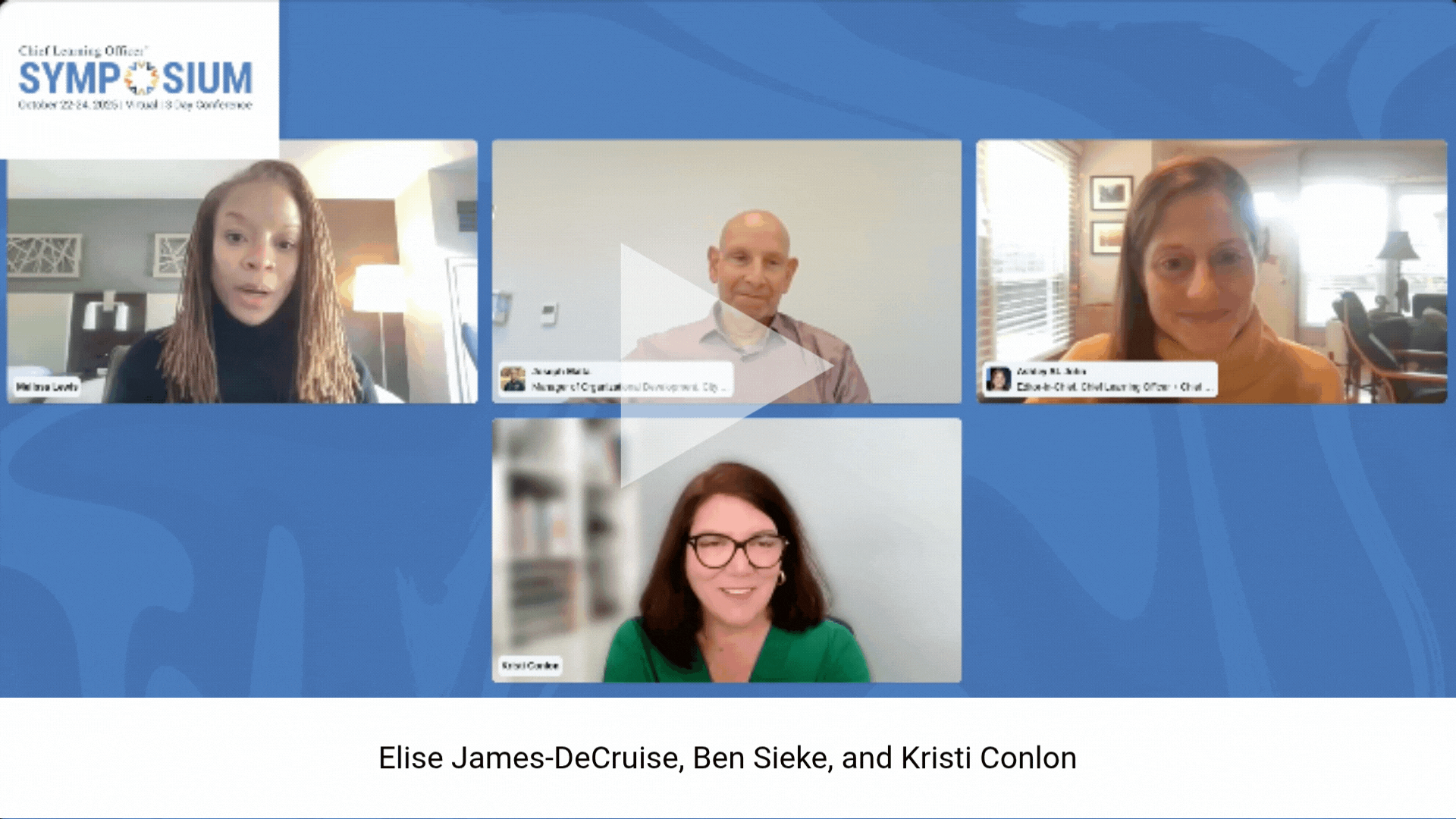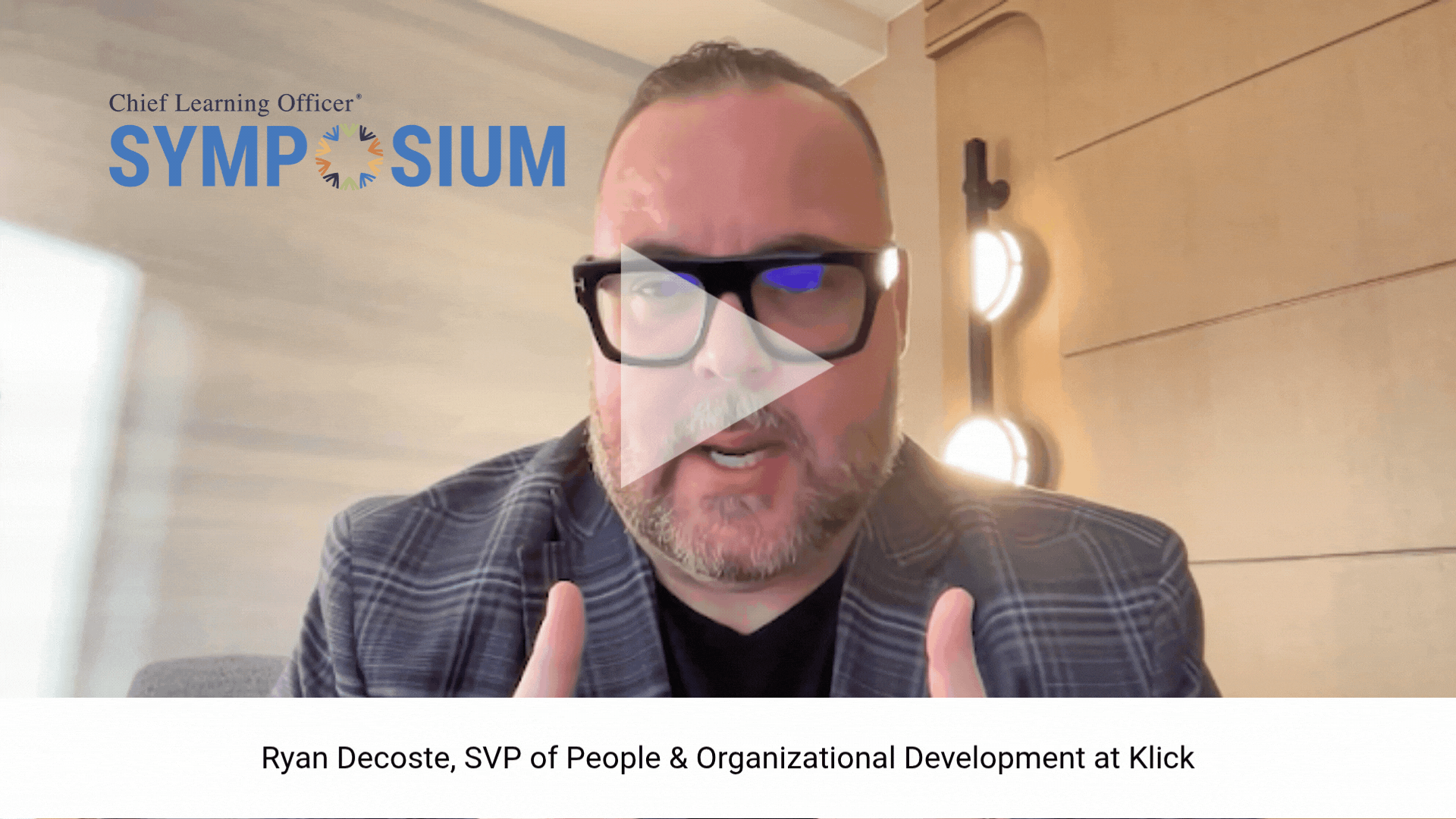-
The New CLO
The challenges are mounting for CLOs. The upcoming retirement of the baby boomer generation will bring significant knowledge gaps, and the incoming generation of employees has a very different learning […]
-
Being an Effective Transformational Leader
Change is the only constant in business today, which means organizations need to transform themselves regularly in order to stay ahead of shifting industry conditions and marketplace demands. In response, […]
-
Siebel: Virtual Labs Enable Global Learning
Virtual technology followed closely on the heels of e-learning as the next big thing to replace instructor-led classroom learning with one notable exception: E-learning has to be specially adapted to […]
-
The Learning Horizon: Tomorrow’s Technologies
In the near future, technology will help CLOs streamline packages of learning content, communication and integration. However, this change will require collaboration within the industry and an integration of the different technologies corporations use aro
-
Practical Tools to Measure Organizational Effectiveness
CLOs should have a vested interest in ensuring that the impact of learning can be measured effectively and efficiently. This requires an infrastructure linking training to skills, skills to behaviors and behaviors to results.
-
CLO Competencies: The Path for Future Learning Leaders
Many of today’s CLOs are between the ages of 45 and 55. As this generation retires and the next one moves in, what work experiences and competencies will these new learning executives need? What is the definition of the future CLO?
-
Countrywide Financial Corp: Improving the Quality of IT Education
As one of the nation’s leading mortgage and financial-services companies, Countrywide Financial Corp.’s overall success is greatly reliant on the knowledge and proficiency of its 4,500-plus IT professionals. In fact, […]
-
Quality Control: Lessons from (and for) Mid-Market Companies
The challenges learning and development organizations face can intensify for mid-market companies. Due to limited communication with senior leadership, IT-infrastructure confines and budget constraints, many mid-market companies struggle to establish lear
- BUDDY PASS NOW AVAILABLE on CLO Symposium Registration, CLO Accelerator Enrollment and Membership.
- BUDDY PASS NOW AVAILABLE on CLO Symposium Registration, CLO Accelerator Enrollment and Membership.
- BUDDY PASS NOW AVAILABLE on CLO Symposium Registration, CLO Accelerator Enrollment and Membership.
- BUDDY PASS NOW AVAILABLE on CLO Symposium Registration, CLO Accelerator Enrollment and Membership.

The overall performance of a business can be measured in a number of ways. Its success can be evaluated based on the organization’s training and learning programs, and its ability to adapt to change.










